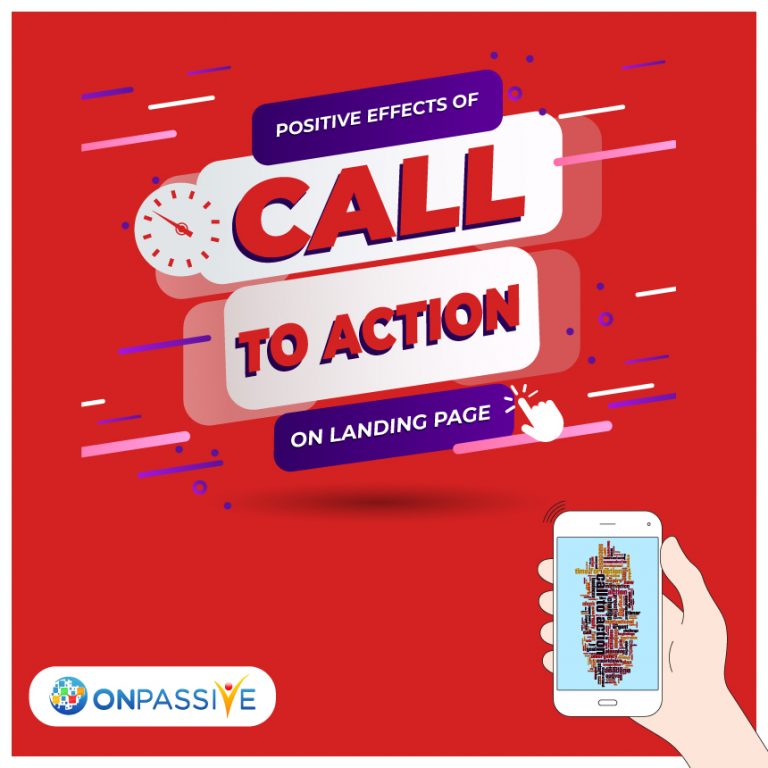
A website’s face is the Landing Page; it plays a vital role in generating successful results through Digital Marketing strategies of the brands with Pay-Per-Click (PPC) campaigns and numerous call-to-action features. In fact, improving business depends to a great extent on the effectiveness of the landing page. SEO experts fully understand the implications of having a well-planned landing page that includes a strong call to action. Return of Investment or ROI is impacted largely by the PPC and the call-to-action that is being pitched on the landing page. The Landing page is the actually the interface that allows a business to engage and retain a customer.
Here are the Important Rules of Landing Page theories:
- Making it simple is the concept, no extra brainy advertisements just a simple call to action.
- Landing pages should have information, creative thoughts which generate direct profit.
The PPC and Call to action features need not be used for those websites that have Landing pages with excellent organic traffic and yield great results.
SEO activities need to dominate the landing page theory concept; it’s definitely a challenge but can save business cost exponentially. Instead of using a single domain or site, brands should utilize the other efforts to direct audience from different websites. However one needs to understand that using too many websites for PPC may put the brand at risk as Google may mark the page with unfair rankings due to violation of the SEO rules. How To Successfully Create A Landing Page For Conversions!
Call To Action Directing Users To Do Most Profitable Things To The Business:
Rules of Engagement:
A welcome gesture may be considered as the call to action, it gives a personalized experience to the visitor and can many times convert him to a customer. A good image or video with an engaging content can go a long way to capture the attention of a prospective buyer and pitching the page with a call to action like “call now” for any enquiry.
Call to action is the perfect revenue-generating theory for landing pages to be in profitable by generating leads and converting them. Some standard “Call to Action” include; Checkout, Learn More, Submit, Get Quote, File Claim, Begin Application, Contact us, Schedule, and Chat now.
Lead Generation:
We get many prospects as the source of lead generation for sale, but all leads may not be converted to customers for the business, but we can use them for another business source.
Most of the prospective customers lose interest while filling up the online forms, especially when they are lengthy and monotonous. Short and straightforward Call to action features will make the experience engaging. Also asking the questions which is necessary for business will give the best results.
Ecommerce:
Call to action features in the ecommerce portals are direct and straight-forward, with immediate call to buy the products being showcased in them. A business needs to build a one-click option to check out and continue shopping on the portal. Depending upon the user’s past purchase history, call to action features can be presented in the following ways.
- Least disruptive experience: icons update with several items on the portal.
- Ordinary disruption: a pop up appears to encourage shopping further or check out.
- High-end disruption: when clicked on to the call to action button on the site, it navigates to other website filled with a lot of ads, and that reduces the experience of a visitor by a great extent.
As obvious, high disruption on a website is very disturbing, and low disruption on the sites is definitely a better way to present a website. Encouraging customers to stay in a site with engaging content with least disturbances is sure to enhance the experience of a visitor and can in turn be highly advantageous to a business.
DTC (Direct the customer)
Call to action and DTC is the same for ecommerce websites but differs slightly only in a few features. For example, the brand can directly tell the audience to take action instead of asking the users to add to their cart. Whereas CTA’s work on creating customer engagement.
Conclusion:
Call to action will enhance the business roots to the next level by acting as the engagement tactic to drive customers to the purchasing page. PPC campaigns will be costly enough to make things possible, whereas on the landing page call to action buttons direct brands to get organic traffic quickly, and these tools are cost-effective. Digital Marketing: Top Ad Networks Driving PPC



Danka Turcar
3 years ago
Danka Turcar
3 years ago
Mario Sousa
3 years ago
Patricio Rivers
3 years ago
WASIM AKRAM
3 years ago